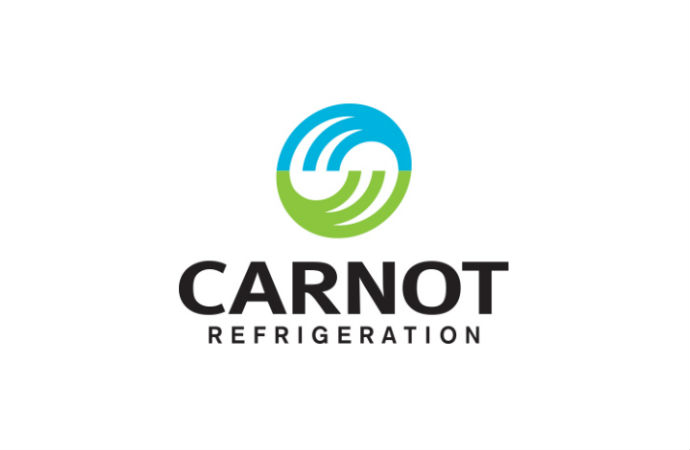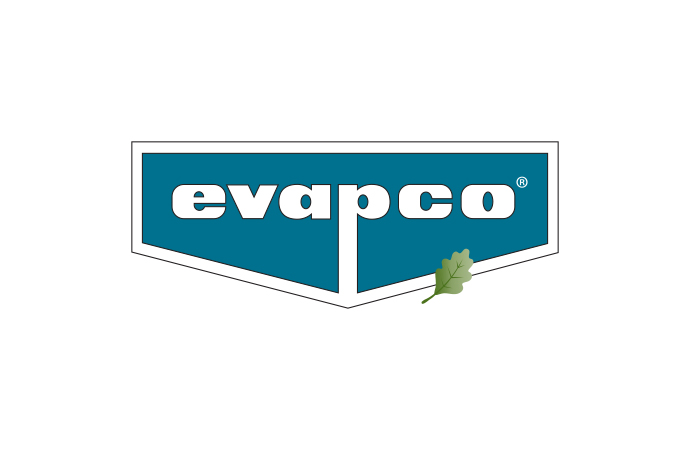Natural refrigerants are already delivering efficient and sustainable cooling for industrial applications ranging from cold storage to food production across North America, heard participants in the ATMOsphere America conference in Chicago earlier this month.

Now in its 5th edition, this year's ATMOsphere America – held at the Westin Michigan Avenue on June 16-17 – was the biggest ever, attracting 340 participants from over 140 companies.
Growing competition between ammonia….
As natural refrigerant solutions become more popular in the United States, participants in the event heard how there is increasing competition between different natural refrigerant-based technologies – such as CO2 and ammonia – for industrial refrigeration.
Ammonia has long been used for cold storage applications worldwide and North America is no different in that respect.
David Bornemeier of Western Gateway Storage said the company had always used ammonia-based systems. He asked Evapco to propose a package that could deliver effective and efficient performance at a low enough charge to overcome safety concerns. Installing an Evapcold low-charge ammonia system at their Ogden, Utah site was the answer.
“Western Gateway opted for Evapcold because it served their needs and fit within their budget, and it only needs a low ammonia charge,” said Evapco’s Kurt Liebendorfer. “You get great efficiency gains from direct cooling with ammonia in the evaporator.”
Western Gateway received a rebate from the local utility of $60,000 for installing the Evapcold product. The local utility determined that the Evapcold system saved 20% annually in kWh compared to baseline system, leading to an annual electricity bill saving of $30,000, Liebendorfer said.
…and CO2 for industrial applications
CO2 transcritical systems can provide cold storage too.
Luc Decubber of Canneberges Bécancour, a Quebec-based cranberry producer, said the firm had installed a CO2 transcritical refrigeration from Carnot at its facility in order to freeze the cranberries after the harvest.
Cranberries are harvested from mid-September to end-October. With Canneberges Bécancour producing 15 million pounds of cranberries at its 1,000-acre property, efficient logistics play a crucial role in the company’s success – especially given that 80% of the harvest is exported to the US.
To be transformed into juices, dried fruit and other ingredients, the cranberries must first be frozen. The CO2 transcritical system freezes them slowly, bringing them from 12 degrees Celsius (55 Fahrenheit) to -18 degrees Celsius (0 Fahrenheit).
The Carnot system features 39 compressors in three racks, with three gas coolers. It has 21 evaporators (six per freezer room and three in the loading dock). The freezing capacity is 1,500 kW.
“The system is simple to use, relatively inexpensive to install, and regulatory compliance is simpler than for other products. It is very efficient in cold weather, when the most energy is needed for the cranberries,” Decubber said.
Other Carnot systems in Quebec include cascade ammonia/CO2 systems for cold storage in supermarket giant Sobeys’ distribution centre in Trois-Rivières, in a fruit ripening facility in Courhesne Larose, Montreal, and in another cranberry facility at Atokas, Bieler, St-Louis-de-Blanford, said Carnot’s Marc-André Lesmerises.
Natural refrigerant systems ‘becoming needs, not wants’
Other presenters focused on cold storage applications too. Hillphoenix’s John Gallaher presented three examples of Advansor CO2 transcritical cold storage facilities in Illinois, at Caputo’s, House of Spice and Best Foods. Hillphoenix has also fitted three CO2 ice rinks in Anchorage, Alaska.
“Natural refrigerant systems are becoming needs, not wants,” said Gallaher.
Although CO2 transcritical systems are initially more expensive than their HFC counterparts, manufacturers are working hard to bring costs down, Gallaher explained. Moreover, “these costs are offset by lower refrigerant costs,” he added.
Gallaher argued that CO2 is particularly well suited to ice rinks, helping to improve the quality of the ice as well as system efficiency. ”We plan to improve our learning centre and participate in industry associations that promote natural refrigerant systems,” he said, highlighting CO2 booster technology as one way in which efficiency can be improved.
Harry Paul presented a case study of an advanced direct expansion ammonia system for food storage at Shepherd’s Processed Eggs, Spanish Fork, Utah.
Meanwhile, John Scherer of the Los Angeles Cold Storage Company presented a distributed high-efficiency refrigeration unit with ultra-low ammonia charge and electronic refrigerant ejector control at a NXTCOLD installation in Oxnard, California.
To read more coverage of ATMOsphere America, please click here.
Related stories





